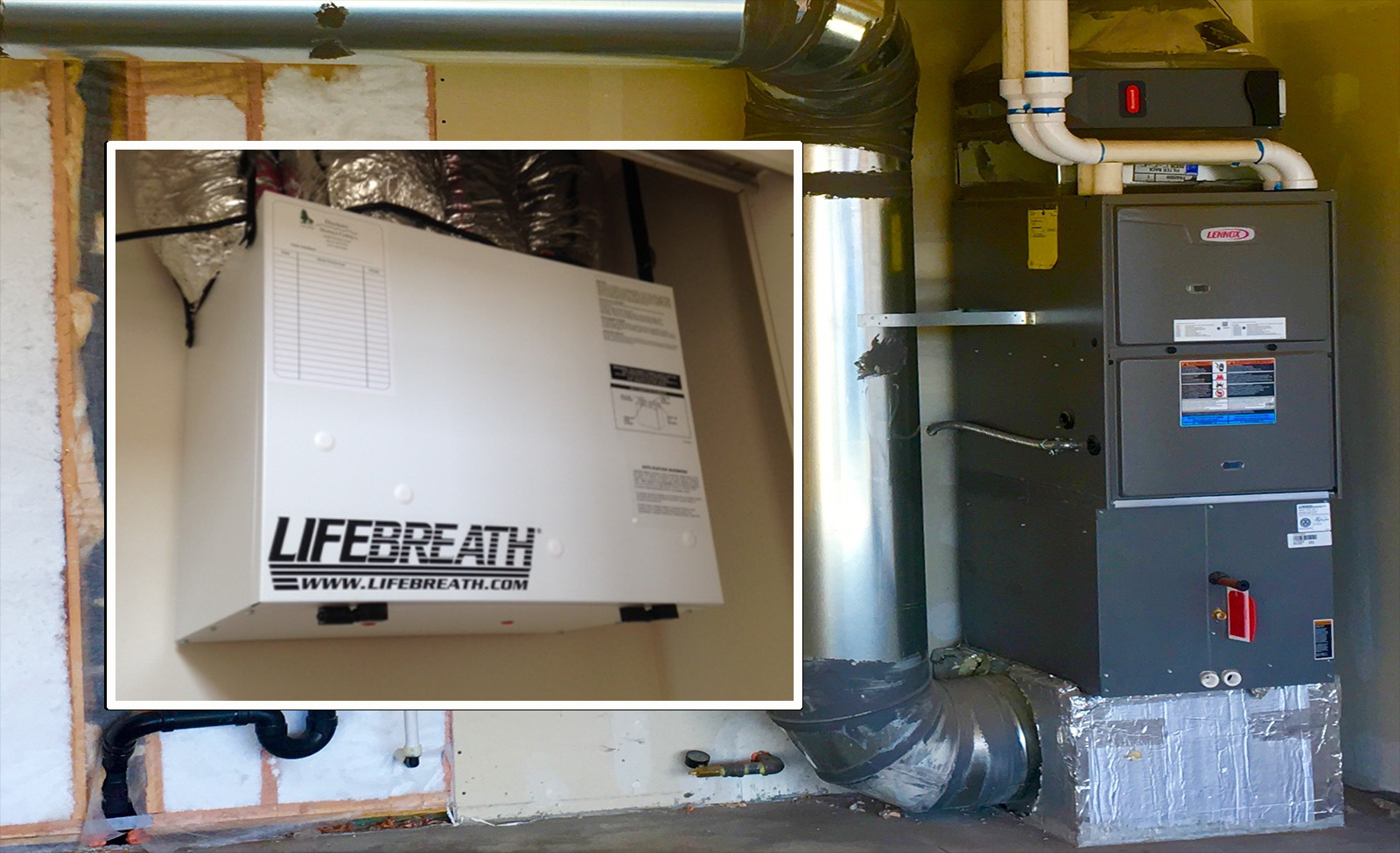The All-Inclusive Guide to the Uses of Heat Recovery Ventilation in Modern Structures
Heat Recovery Ventilation (HRV) systems represent a significant advancement in building modern technology (HRV Heat Recovery Ventilation). They give a technique for trading stale indoor air with fresh outdoor air while decreasing energy loss. This approach not only enhances interior air quality yet likewise adds to energy performance in both domestic and business buildings. Recognizing the different applications and advantages of HRV can reveal its important role in contemporary layout and sustainability efforts. The ramifications of this technology deserve checking out better
Understanding Heat Recovery Ventilation Solutions

Although many contemporary buildings focus on energy effectiveness, recognizing heat healing ventilation (HRV) systems is essential for maximizing indoor air quality and lowering energy intake. HRV systems work by transferring warm from stagnant interior air to incoming fresh air, efficiently keeping comfortable interior temperatures while lessening energy loss. These systems are composed of a heat exchanger, fans, and ductwork that facilitate the flow of air. During winter months, HRV systems record and reuse warm from the outgoing air, while in summer, they can help cool down inbound air. By constantly trading air, HRV systems additionally reduce humidity and the focus of interior toxins. Appropriate setup and maintenance of HRV systems are necessary for their efficiency and effectiveness in boosting total structure performance and comfort.
Advantages of Heat Recovery Ventilation
Heat recovery ventilation systems use many benefits that enhance both power performance and interior air top quality in contemporary buildings. By capturing and recycling energy from exhaust air, these systems considerably decrease heating and air conditioning expenses, leading to reduced energy consumption. In addition, they preserve a steady circulation of fresh outside air, minimizing the danger of indoor air toxins and allergens. This continuous exchange aids regulate moisture levels, protecting against mold and mildew growth and making certain a healthier living setting. Furthermore, HRV systems add to sustainability goals by decreasing total carbon footprints. Their capacity to enhance air flow without sacrificing thermal convenience makes them a valuable addition to contemporary building layout, promoting both financial and ecological benefits.
Applications of HRV in Residential Structures
As homeowners progressively focus on power efficiency and interior air high quality, the applications of heat healing air flow (HRV) systems in household buildings have actually become a lot more widespread. HRV systems are specifically helpful in tightly secured homes, where preserving fresh air blood circulation is important for protecting against wetness build-up and interior pollutants. They properly transfer warm from outward bound stagnant air to incoming fresh air, decreasing power prices related to cooling and heating. Furthermore, HRVs can boost comfort levels by regulating humidity and temperature. They are also adaptable for different domestic styles, consisting of single-family homes and multi-unit buildings. Overall, integrating HRV systems sustains lasting living practices while guaranteeing a healthier interior setting for owners.
HRV in Business and Industrial Settings
In business and commercial settings, the implementation of warm healing air flow (HRV) systems has actually ended up being increasingly critical for enhancing energy efficiency and maintaining air top quality. These systems properly move warmth from exhaust air to inbound fresh air, lowering the demand for extra heating or cooling. This not just reduces energy prices yet additionally adds to sustainability efforts. Industries such as manufacturing, warehousing, and office complex benefit greatly from HRV systems, as they aid control temperature and moisture degrees, guaranteeing a comfortable and productive environment. HRV systems aid in getting rid of pollutants and excess moisture, boosting indoor air top quality. As policies around air top quality end up being more stringent, the adoption of HRV modern technology is most likely to grow, making it a critical element of modern-day industrial and commercial facilities.
Future Fads in Heat Recovery Ventilation Technology

Regularly Asked Questions
How Does Heat Recovery Ventilation Impact Indoor Air Top Quality?
Heat recovery my response ventilation greatly enhances interior air top quality by continually trading stale interior air with fresh outside air while recuperating power. This procedure reduces pollutants, preserves optimal humidity degrees, and guarantees a healthier setting for passengers.
Can HRV Systems Be Installed in Existing Structures?
HRV systems can undoubtedly be mounted in existing structures. Retrofitting may require adjustments to ductwork and air flow layouts, but it substantially boosts power efficiency and interior air high quality, making it a practical option for older frameworks.
What Maintenance Is Needed for HRV Solutions?

Exist Certain Climates Where HRV Is Much More Effective?
Heat recovery ventilation systems are specifically efficient in climates with substantial temperature distinctions between seasons. These systems optimize power efficiency by recouping warm from exhaust air, making them perfect for both cool and reasonably warm atmospheres.
How Do HRV Equipments Affect Energy Costs?
